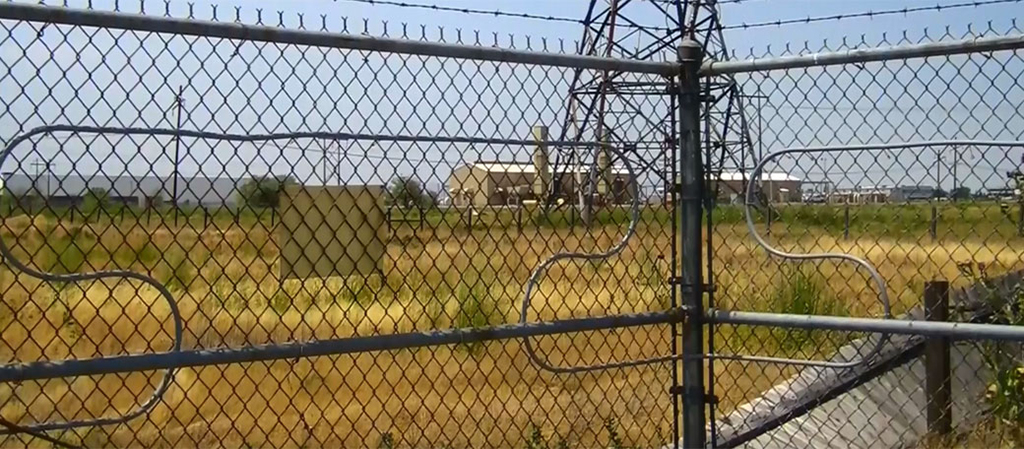How a Fiber Optic Security System Improves Your Property’s Safety and Surveillance
How a Fiber Optic Security System Improves Your Property’s Safety and Surveillance
Blog Article
The Ultimate Overview to Fiber Optic Security Equipments for Your Service
In a period where security problems are extremely important for organizations, comprehending the complexities of fiber optic technology can be transformative. This overview describes how incorporating fiber optic security systems not only improves information security but additionally provides benefits like resistance to disturbance and real-time surveillance abilities. As organizations review their protection needs, it ends up being important to consider the installation procedure and the current innovations in the area. What particular variables should be focused on when picking the right system, and how can organizations ensure they make one of the most informed options?
Recognizing Fiber Optic Modern Technology

The core of a fiber optic wire is composed of a thin glass or plastic facility, bordered by a cladding layer that shows light back right into the core. Single-mode fibers are designed for long-distance transmission, while multi-mode fibers are appropriate for much shorter ranges, often used within structures.
Fiber optics are not only much faster but likewise much more safe than typical wiring. Their intrinsic resistance to electro-magnetic disturbance and the difficulty of tapping into the signal without detection make them a preferred option for companies prioritizing information honesty and safety. As companies progressively count on secure and reliable interaction systems, understanding fiber optic technology becomes important for informed decision-making.
Secret Benefits of Fiber Optic Protection
When thinking about safety options for an organization, the advantages of fiber optic systems are specifically compelling. Fiber optic technology provides phenomenal information transmission speeds and data transfer capability, making it suitable for handling high-resolution video clip feeds from surveillance cams. This capacity ensures that protection workers get real-time data, boosting general feedback times to prospective safety hazards.
Additionally, fiber optic cables are inherently immune to electromagnetic disturbance, which can compromise the stability of standard copper-based systems. This resistance makes sure that the data transferred remains protected and continuous, supplying an extra trusted safety framework. In addition, optical fiber are much less susceptible to physical damage, as they are made from glass instead of steel, reducing maintenance prices and downtime.
An additional substantial advantage is the enhanced scalability of fiber optic systems. As organization requirements advance, fiber networks can be conveniently increased to fit extra security devices without considerable overhauls to the existing infrastructure. Ultimately, fiber optic systems offer boosted cybersecurity attributes, including security capacities that protect sensitive information from unapproved gain access to. Collectively, these advantages make fiber optic security systems a durable selection for services looking for to improve their safety and security procedures.
Installment Process and Considerations
Taking into consideration the intricacies entailed, the installment procedure of fiber optic protection systems requires mindful preparation and execution. The initial action entails a thorough website evaluation to determine optimal locations for cabling and tools. This assessment needs to think about ecological aspects, existing framework, and prospective susceptabilities.

Furthermore, the installment has to follow regional building ordinance and industry requirements. This might include coordinating with different stakeholders such as building managers, IT teams, and safety and security employees to make sure smooth integration with existing systems.
Post-installation, rigorous testing is necessary to validate system efficiency and identify any problems that might emerge. By focusing on these factors to consider throughout the installment process, services can make certain a robust and reliable fiber optic safety system that fulfills their particular safety demands.
Most Current Innovations in Fiber Optic Protection
Current improvements in fiber optic modern technology have actually substantially boosted the capabilities of safety and security systems for organizations. Among the most remarkable advancements is the combination of fiber optic sensing units that can find vibrations and intrusions along the boundary of a facility. These sensors supply real-time tracking, making it possible for quick action to possible violations.
Additionally, the development of distributed fiber optic noticing modern technology allows for the constant tracking of large areas with a solitary fiber cable. This technique not only lowers installment costs but also boosts the reliability of keeping an eye on systems by getting rid of the demand for several, separate sensors.
Additionally, advancements in multiplexing methods have enabled businesses to transmit large amounts of information over fiber optic networks, boosting the capabilities of fiber security system video surveillance systems. High-def video clip feeds can currently be sent out over long ranges without loss of top quality, making certain that protection workers have accessibility to clear and workable info.
Finally, making use of expert system (AI) combined with fiber optic systems is transforming threat discovery. AI formulas can assess information from fiber optic networks to identify uncommon patterns or actions, permitting aggressive safety and security measures. These technologies jointly stand for a significant leap ahead in fiber optic safety technology.
Selecting the Right System for Your Company
Picking the suitable fiber optic safety and security system for your business is important for ensuring optimum security and comfort. To make an enlightened selection, examine your details security requirements, thinking about variables such as the size of your properties, the nature of your procedures, and possible susceptabilities.
Begin by reviewing the level of security required; for example, high-risk atmospheres might necessitate innovative systems with integrated security and invasion detection capabilities. Next, think about scalability; as your business expands, your protection system must be qualified of increasing to fit raised needs without substantial overhauls.
In addition, explore the dependability and efficiency of numerous systems. Search for providers with well-known track records and consumer endorsements that vouch for their solution top quality. It's likewise recommended to ask about the technology's compatibility with existing framework, making certain a smooth assimilation process.
Verdict
In conclusion, fiber optic protection systems offer a robust remedy for improving organization security infrastructures. The latest advancements even more strengthen the efficiency of these systems, ensuring that organizations remain protected and adaptable in an ever-evolving hazard landscape.
Report this page